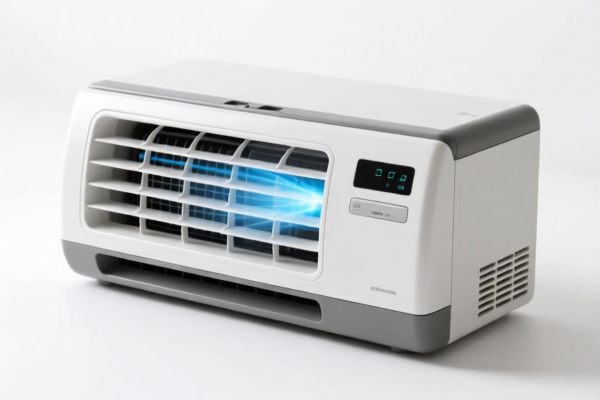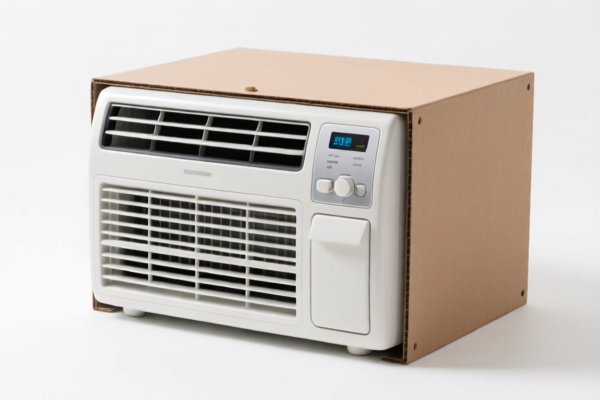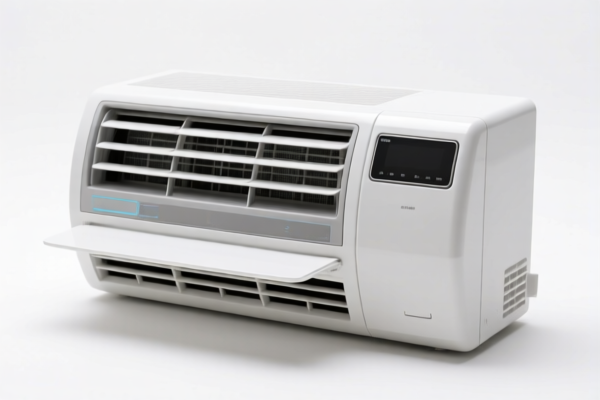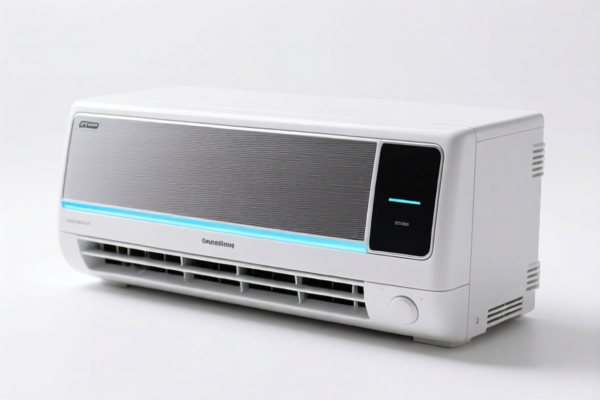| HS Code | Official Doc | Tariff Rate | Origin | Destination | Effective Date |
|---|---|---|---|---|---|
| 3923900080 | Doc | 58.0% | CN | US | 2025-05-12 |
| 3926901000 | Doc | 40.9% | CN | US | 2025-05-12 |
| 3926909989 | Doc | 42.8% | CN | US | 2025-05-12 |
| 9617001000 | Doc | 37.2% | CN | US | 2025-05-12 |
| 9617003000 | Doc | 36.9% | CN | US | 2025-05-12 |
| 3924104000 | Doc | 33.4% | CN | US | 2025-05-12 |
| 3924905650 | Doc | 40.9% | CN | US | 2025-05-12 |




Cooler Box
A cooler box, also commonly known as an ice chest or esky (in Australia and New Zealand), is an insulated container used to maintain the temperature of its contents, typically for extended periods.
Material
Cooler boxes are constructed from a variety of materials, with the primary goal of minimizing heat transfer. Common materials include:
- Plastic: High-density polyethylene (HDPE) is frequently used for the outer shell due to its durability, impact resistance, and relative low cost. Polypropylene is also utilized.
- Insulation: The space between the inner and outer walls is filled with insulating materials. Expanded polystyrene (EPS) foam is a common, economical choice. Polyurethane foam offers superior insulation properties but is more expensive. Vacuum-insulated panels provide the highest level of insulation, found in premium coolers.
- Metal: Stainless steel is used in high-end coolers for both the inner lining and exterior, offering durability and ease of cleaning. Aluminum is sometimes used for inner linings.
- Other: Rubber gaskets are used for seals to minimize air leakage. Latches are typically made of plastic or metal.
Purpose
The primary purpose of a cooler box is to keep food and beverages cold, or occasionally hot items warm, for extended periods without the need for continuous electrical refrigeration.
Function
Cooler boxes function by slowing the rate of heat transfer through three primary mechanisms:
- Conduction: The insulation material reduces heat transfer through direct contact.
- Convection: A tightly sealed design minimizes air exchange, reducing heat transfer via air currents.
- Radiation: Reflective inner surfaces help to minimize heat transfer via electromagnetic radiation.
Ice or ice packs are typically placed inside the cooler to absorb heat from the contents, maintaining a low temperature. Some coolers utilize phase-change materials for longer-lasting cooling.
Usage Scenarios
Cooler boxes are used in a wide variety of situations, including:
- Outdoor Recreation: Camping, picnics, fishing, boating, and beach trips.
- Transportation: Keeping food and beverages cold during travel, such as road trips or flights.
- Events: Sporting events, concerts, and festivals.
- Professional Use: Catering, medical transport (for temperature-sensitive items), and construction sites.
Common Types
Cooler boxes are categorized based on several factors:
- Hard Coolers: Constructed with rigid walls, offering superior insulation and durability. These are the most common type. Sizes range from small personal coolers to large, wheeled models.
- Soft Coolers: Made from flexible materials like nylon or canvas, offering portability and convenience. These typically have less insulation than hard coolers.
- Wheeled Coolers: Hard coolers equipped with wheels and a handle for easy transport, particularly useful for larger coolers or longer distances.
- Electric Coolers: Powered by electricity to maintain a consistent temperature, offering refrigeration without the need for ice. These are often used in vehicles or for long-term cooling.
- Rotomolded Coolers: A premium type of hard cooler constructed using a rotational molding process, resulting in a very durable and highly insulated container. These are known for their long ice retention times.
A cooler box is generally used for the conveyance or packing of goods, or as a household article for temperature-controlled storage. Based on these characteristics, the following HS codes may be applicable:
- 3923900080: This code covers articles for the conveyance or packing of goods, of plastics; stoppers, lids, caps and other closures, of plastics: Other. This is suitable if the cooler box is primarily used for transporting or packaging items and is made of plastic. The total tax rate is 58.0%, comprised of a 3.0% base tariff, a 25.0% additional tariff, and a 30% additional tariff effective April 2, 2025.
- 3926901000: This code applies to other articles of plastics and articles of other materials of headings 3901 to 3914: Other: Buckets and pails. If the cooler box is constructed like a bucket or pail (rigid, with a handle), this code may be appropriate. The total tax rate is 40.9%, consisting of a 3.4% base tariff and a 7.5% additional tariff, increasing to 30% after April 2, 2025.
- 3926909989: This code covers other articles of plastics and articles of other materials of headings 3901 to 3914: Other: Other. This is a general category for plastic articles not specifically classified elsewhere. The total tax rate is 42.8%, including a 5.3% base tariff, a 7.5% additional tariff, and a 30% additional tariff effective April 2, 2025.
- 3924905650: This code applies to Tableware, kitchenware, other household articles and hygienic or toilet articles, of plastics: Other: Other. If the cooler box is considered a household article, this code may be relevant. The total tax rate is 40.9%, consisting of a 3.4% base tariff and a 7.5% additional tariff, increasing to 30% after April 2, 2025.
Note: The applicable tax rates are subject to change, particularly after April 2, 2025, due to the additional tariff adjustments.
Customer Reviews
No reviews yet.